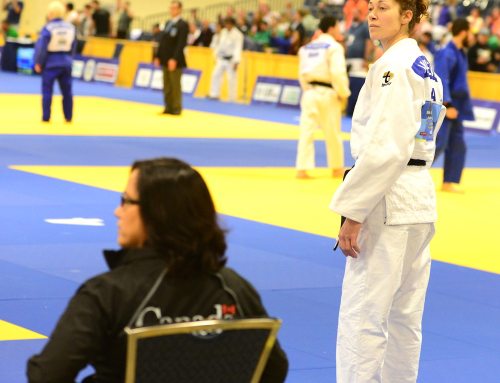Dear PT,
Two years ago, I was diagnosed with breast cancer. After a journey that I never thought I’d endure, I recently finished my final chemotherapy treatment and have conquered cancer thus far! I’ve been trying to get back in the groove of a regular exercise routine, but am worried that I may push myself too hard; my body feels fragile. Plus, I can’t keep up with all my former running buddies anymore. I’m tentative to jump into exercise too soon or too intensely, but am anxious to start feeling like myself again! Do you have any tips on the best way to kick off my new journey in exercise after cancer? I’ve made it this far and I’m determined to continue conquering!
Sincerely,
Motivated Mary
Hi, Mary,
First, congratulations on fighting to reach this incredible milestone!
As you know, there are many side effects that women who tackle breast cancer endure, including changes in body composition (e.g., increased body fat percentage and loss of muscle mass), decreased physical capabilities and a changing quality of life, all of which may impact both psychological and physical health. You are on the right track with your goals; one of the most effective, noninvasive interventions for women both during and after cancer treatment is exercise.
The American College of Sports Medicine recommends that cancer patients strive for 150 minutes of moderate-intensity exercise each week. Exercise programs have been shown to be most effective when they include both aerobic cardiovascular exercise and resistance or strength training. Aerobic exercise is that of relatively low-moderate intensity performed anywhere between 40-85 percent of your maximum heart rate. For example, this may include walking, jogging, aerobics or cycling. Resistance training may incorporate weights, elastic resistance bands or exercise balls to promote strength gains.
Over the last decade, research has shown that programs that incorporate both modes of exercise can lead to improved cardiorespiratory function, improved body composition and decreased depression. Additionally, exercise is always more fun when there’s variety, so engaging in a program with multiple modes of training can improve motivation and adherence.
Two common threads run through all of these suggestions as they relate to your ongoing recovery: improve your health and quality of life, and lessen the inevitable side effects of cancer treatments.
Of course, be sure to consult with your medical team on any precautions or guidelines related to your specific cancer treatment before you begin a new exercise program.
There is no doubt that with your excitement and drive, you will continue conquering cancer!
*Attention, local breast cancer patients and survivors! Visit getrealandheel.unc.edu for more information on the Get REAL & HEEL Breast Cancer Research Program and ongoing studies at the UNC Exercise Oncology Research Laboratory.
# # #
Laura Stanley PT, DPT, SCS is a physical therapist at Proaxis Therapy in Durham. She enjoys running, coffee, and anything that involves friends, sports, and fun. Her passion is working with athletes to help them reach their maximum potential.





